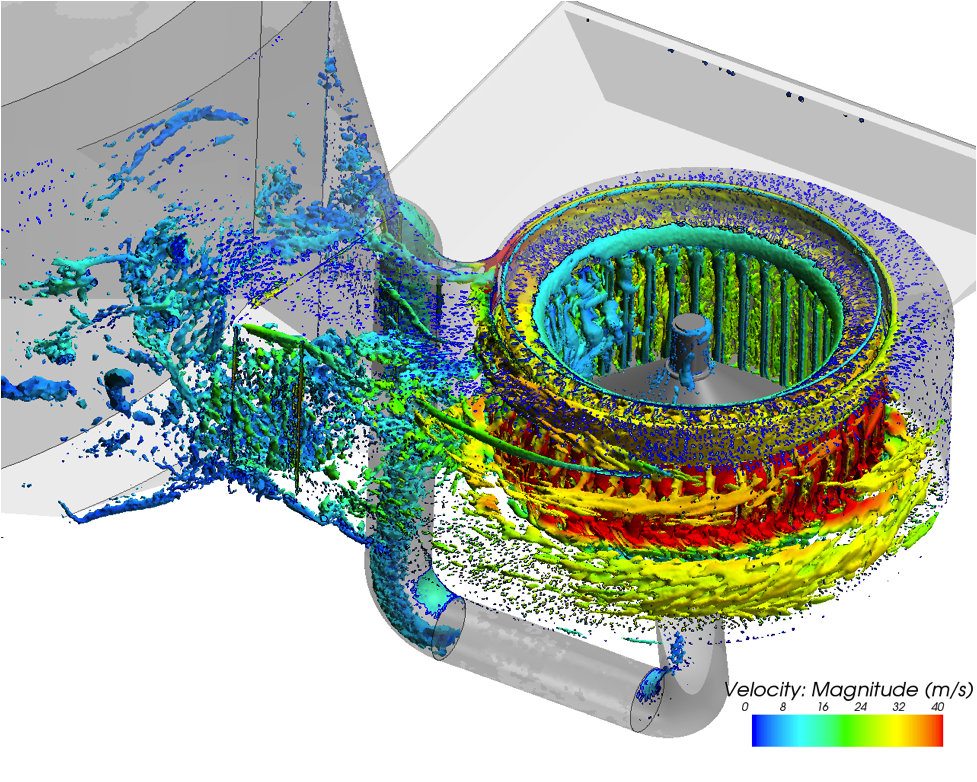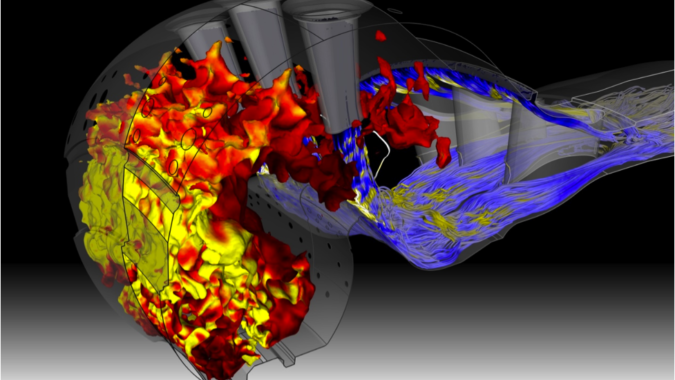This summer, the French Alternative Energies and Atomic Energy Commission (CEA) and 13 leading French industrial companies will boost their research capabilities when they take possession of a new shared supercomputer called COBALT, designed by Bull and based on the latest Intel Xeon processor E5 2680 V4.
CEA is a government-funded technological research organization with ten research centers across France. It focuses on low-carbon energy, defense and security, information technologies, and health technologies. CEA is also charged with collaborating with industry to solve diverse high-performance computing (HPC) problems such designing safer nuclear reactors and manufacturing processes to produce longer lasting lipstick.
Purchase of the new supercomputer is being managed through CEA’s computing center, the Computing Centre for Research and Technology (CCRT) – CCRT provides high-performance computing resources for CEA and its industry partners, with an emphasis on supporting French industrial innovation and promoting industry-research partnerships in the field of high-performance numerical simulation and data processing.
Current CCRT industrial partners include Airbus Defense & Space (aerospace industrial), Areva (global nuclear industry leader), EDF (French electricity provider), Ineris (industrial risk assessment), L’Oréal (leader in cosmetics), Safran-Herakles, Snecma, Turbomeca, SafranTech (aeronautics company), Thales, Thales Alenia Space (aerospace, space and defense, security, and transportation), and Valeo (automotive technology).
Since its establishment in 2003, CCRT has gone through three generations of supercomputers and increased its computing capacity by a factor of 700. The organization’s current supercomputer, named AIRAN and installed in 2012, was originally based on Intel Xeon processors E5 (Sandy Bridge) and later upgraded to Intel Xeon processors E5 (Ivy Bridge). With partner application needs growing, CCRT realized that extending AIRAN was no longer an option; it needed to start fresh.
“Unlike the academic research world, where researchers tend to buy a very big computer and keep it for four to five years, commercial companies prefer a ‘pay as you go’ model,” says Christine Ménaché, Business Manager at CCRT. “They don’t want to pay for a big system that they grow into; they’d prefer to buy a new computer and upgrade it after about two years.”
CCRT selected an X86-based supercomputing architecture based chiefly on price/performance metrics, says Ménaché, adding that the ease with which CEA and industry partners were able to run effectively run X86 application code was also an important factor.
The new 1.4-petaflop COBALT supercomputer will be installed in CEA’s Very Large Computing Centre (TGCC) in Bruyères-le-Châtel, France, mid-2016. COBALT will have a peak performance of roughly 1.4 petaflops and will be three times more powerful and three times more energy efficient than AIRAN. Storage is provided by a Seagate storage system with a capacity of 2.5 petabytes and throughput of 60 GB/s.
COBALT will have 2,304 Intel Xeon processors E5 2680 V4 (Broadwell) with a total of 32,256 cores at 2.4 GHz. It will also have 18 hybrid nodes with Nvidia Pascal GPUs for remote computing and visualization. A special partition dedicated to the France Génomique project will be equipped with 4,032 Intel Xeon E5 processor (Broadwell) cores at 2.4 GHz and 4 very large memory nodes at 3 TB/node. An InfiniBand EDR interconnect solution (100 GB/s vs 40 GB/s currently) forms the core of the new computer and will allow it to increase capacity based on the needs of its partners for the next four to five years.
Not surprisingly, the new system will use Lustre parallel file system as CEA is a longtime user of and contributor to Lustre, and is responsible for much of the development of the Lustre 2.5 Hierarchical Storage Management (HSM) feature. CEA also maintains the Robinhood policy engine, a core component of Lustre HSM. Robinhood is widely used by the Lustre community to monitor large file systems and has also been adopted by commercial companies.
Intel provides commercial support to this open source project and provides extensive support and Lustre expertise to CEA. In addition to taking advantage of Intel’s Lustre expertise, CEA relies on the Intel Cluster Studio and Intel compilers, profilers, and other software development tools.
Focus on Digital Simulation
Ménaché says COBALT will provide CEA and its industrial partners a major performance boost in running numerical simulations in a wide range of areas, for example, extending power plant lifetimes, making nuclear reactors safer and more efficient, analyzing environmental risks, optimizing car ventilation and air conditioning systems, and decoding genomes.

Here are examples of planned projects:
- CCRT partner Safran plans to use COBALT to reduce noise and fuel consumption in helicopter and aircraft engines. The company was able to reduce fuel consumption by 15 percent through numerical simulations run on AIRAN; with COBALT, Safran hopes to drive fuel efficiency even higher.
- Multinational automotive supplier Valeo hopes to shorten design and validation times for its automotive products.
- L’Oréal intends to apply higher-performance numerical simulation to discovering innovative new hair, makeup, and perfume products and predict their effectiveness and safety.
- CEA will, among other projects, use the increased computing resources to predict enzyme functions and improve multi-scale computing in the field of materials.
“We expect to see big performance gains in all our simulations, large and small, but even where there is not a performance gain, applications will be able to process more data on COBALT, so runs will be more accurate and predictable,” says Ménaché. “Our benchmarks have shown that the latest Broadwell processors give us 1.5X better performance than AIRAN, even though the new processor has a lower frequency [2.4 GHz versus 2.7GHz]. COBALT will have a real impact on the competitiveness of our partner companies.”





























































